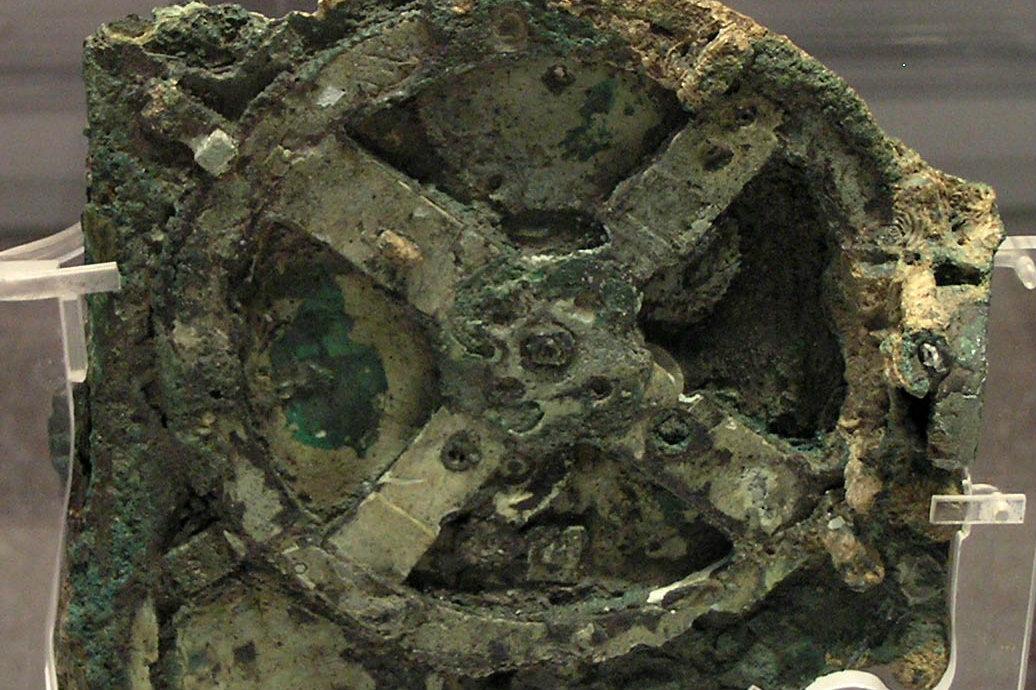The Antikythera Mechanism has fascinated scientists since it was first discovered in 1901. About the size of a modern laptop, this ancient computer could calculate astronomical changes with great precision—with such precision that scientists wouldn’t have believed it possible for the ancient Greeks to invent it without seeing the hard evidence.
The mechanism was found on a Roman ship, though it is believed to be of Greek origin. New research shows that a Babylonian-style arithmetical scheme may have been used by its makers to calculate the times of day.
The research, published earlier this month in the Archive for History of Exact Sciences, also dates the device to 205 B.C., using it’s own time-telling mechanisms.
It was previously estimated to date from about 150 B.C., as the inscriptions on it match the language of that time. The recent study, led by Christián C. Carman of the Institute for Science and Technology Studies of the Universidad Nacional de Quilmes, used the eclipse-predicting mechanism within the device (known as the Saros dial) to pinpoint the date.
The study’s abstract states: “We find that the solar eclipse of month 13 of the Saros dial almost certainly belongs to solar Saros series 44. And the eclipse predictor would work best if the full moon of month 1 of the Saros dial corresponds to May 12, 205 B.C.”
A replica of the device has helped researchers understand how it works. The device had two sides. On one side, a dial included the 365 days of the Egyptian solar calendar as well as the 12 signs of the zodiac. Turning a crank on the side allowed the user to move the dial to a given day and see the exact position of the sun and moon as well as the phase of the moon on that day.








